L’tree or soap plant it is native to India and has been used for centuries for its powerful action as a natural cleanser. In particular, its fruits are said soap nuts and they are not edible due to their high saponin content. The peel of these nuts becomes an excellent organic detergent, which can be used instead of commercial products, both for laundry hygiene and for the person. The tree is also beautiful from an ornamental point of view and could be grown in Italy; in fact, a fantastic specimen already exists in the botanical garden of Palermo and some nurseries are starting to reproduce the seedlings from seed.
So let’s discover all the secrets of the soap plant and the magical action of its nuts.
Origins of the soap tree
The soap tree gets the scientific name of Sapindus mukorossi. It is part of the large family of Sapindaceae and is known around the world under different names, such as: soapnut, soapberry, washnut, reetha, aritha, dodan And doadni.
Actually, to the genre Sapindus different species belong, but the most widespread and used for the saponifying properties of the fruits is the mukorossi. This particular species is native to the upper reaches of the Indo-Gangetic plains, Shivaliks and sub-Himalayan stretches, in a vast region that includes southern China and Nepal. The soap plant is widely cultivated at altitudes between 200 and 1500 m.
Botanical characteristics of the soap plant
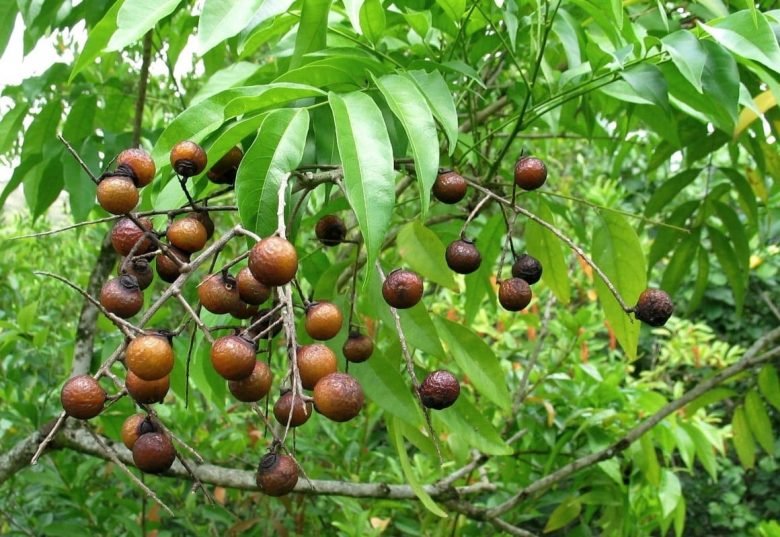
The soap plant is a deciduous tree. It can reach up to 20 m in height and develop a trunk with a diameter of 1.8 m. There foliage it has a globular posture, with dense and leathery foliage, rather thin.
There bark it is light yellow in the juvenile stages, darker in adulthood. It is smooth, with many vertical lines of lenticels and thin cracks exfoliating in irregular wood chips. The wood it is hard, non-fibrous, light brown-orange in color.
The leaves at final development they are about 30-50 cm long. They are alternate, paripinnate, have a very narrow common petiole and glabrous surface.
L’inflorescence it is a compound terminal panicle, 30 cm long or more, with pubescent branches. The flowers are about 5 mm in diameter, terminal, polygamous, greenish-white, sub-sessile, numerous. There are 5 sepals, each with a woolly scale on both sides. Flowering occurs in late spring.
Soap nuts
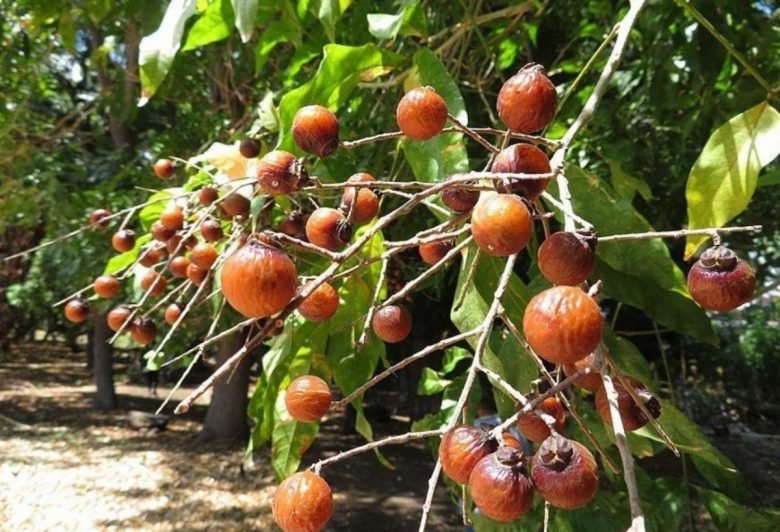
Fruits are the most valuable part of the soap plant. Let’s talk about the famous ones soap nuts. Of dimensions comparable to those of a large one olive, however, have a dark brown color. When ripe they appear as globose, fleshy drupes, with only 1 seed, about 1.8-2.5 cm in diameter. Sometimes the drupes are paired.
Complete ripening and harvesting take place in autumn.
The seed inside has a diameter of 0.8-1.3 cm, globular shape, smooth, black, loosely arranged in the peel when the fruit is dry. The saponins are contained in the pericarp of the fruit, that is the large peel that holds the seed. The peel contains over 10% of saponins, a very high percentage. The fruit is not edible. It is dried to separate peel and seed. These two elements are then used in various ways.
Traditional uses of the soap plant
In the countries of origin (India, China, Nepal) the soap plant finds innumerable uses.
Let’s say first of all that it has been used for centuries in the ancient Indian practice of Ayurvedic medicine. Recently, many of the pharmacological actions of this tree. Among these we have the properties:
- antimicrobials
- cytotoxic
- molluscicide
- insecticide
- fungicide
The peel (shells) of the fruit contains triterpene saponins, which are very powerful as natural surfactants. Soap nuts are well known among the local population for their cleansing and insecticidal properties. They are traditionally used to remove lice from the scalp. They are also useful in the treatment of skin problems, such as eczema, acne and severe psoriasis. Think that the peel of the fruit is used by Indian jewelers to restore the brightness of tarnished ornaments in gold, silver and other precious metals. Finally, the most classic use is that of natural laundry detergent.
The uses of soap tree seeds
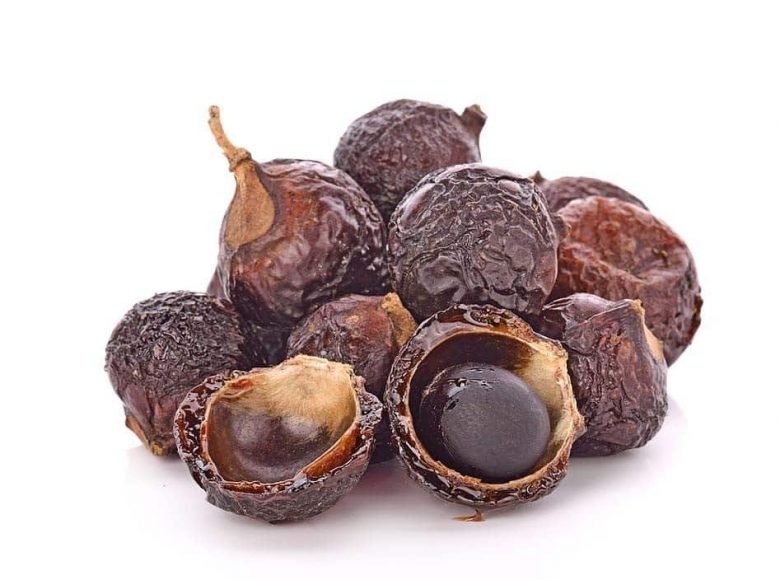
The seed of the soap plant contains an oil that can be extracted and used as a biofuel. The dried and powdered seeds are used in the treatment of dental caries, arthritis, common colds, constipation and nausea. Obviously the seed is also used for the reproduction of plants.
The uses of soap nuts as a natural detergent
In the West, the soap tree is best known for using walnuts instead of traditional chemical detergents. As mentioned, the shells are dried in the sun and used for washing and cleaning. Putting them in a cotton bag, they can be used directly in the washing machine. When they come into contact with water, they release the active cleaning substances. The nice thing is that they last a long time and therefore for several washing cycles. The great success of soap nuts among ecological consumers derives from the following peculiarities:
- soap tree nuts are 100% organic and biodegradable;
- they do not leave toxic residues in the environment;
- they are thrown in the organic waste or in the compost when they are exhausted;
- they are hypoallergenic and suitable for babies and sensitive skin;
- suitable for all fabrics, even the most delicate such as silk, cashmere and wool.
- the production process is organic and does not damage the ecosystem.
For this reason, the nuts of the soap plant are considered renewable primary products. In Italy it is possible to buy them in different formats, such as dry shells for washing or fresh seeds to try cultivation. If you are interested you can find them here.
The cultivation of the soap tree in Italy
The soap plant Sapindus mukorossi can be considered to all intents and purposes a exotic fruit. Although it is grown at altitudes of up to 1,500 m, it is still found in a subtropical region, with high temperatures and long rainy seasons. It is a tree with fast-growing vegetation, but which delays the entry into production of the fruits. Growing the plant from seed takes 10 years to see the first nuts. On the other hand, it is a very long-lived tree and reaches a century of life. In Italy we have few examples, one is kept in thebotanical garden of Palermo. In our opinion it could be grown in our country like other exotic fruits such as mango And avocadotherefore with preference in the southern regions and with the aid of artificial irrigation.
How to sprout the seed
One way to try growing the soap tree is to get some seeds.
From seed it is relatively easy to get to a seedling. The problem is finding seeds that are healthy and able to germinate. The seed is of medium size, black in color, with a very tenacious protective film. To facilitate germination, it can be soaked for 24 hours in lukewarm water. Once the exterior is softened, it can be scratched slightly with a small knife. In this way the roots will have no difficulty in coming out. The seed thus treated must be buried at a depth of 2-3 cm, in a 20 cm diameter pot with a good soilwhich must always be kept well moist.
Germination
Germination takes time and can go up to 2-3 months without seeing anything. Obviously, the seed will not have 100% germination rates, so plant more than one.
The pot needs to be kept in a mild place, away from direct sunlight. In winter, better indoors, but away from heating.
The care of the seedling and the planting
Once the small soap plant is born, it is better to grow it in pots for at least the first year or even more. Give it water regularly and gradually get it used to the climate in your area, but with some protection in difficult moments (excessive heat, hail, pouring rain, frosts, etc.)
The ideal period for the planting definitive in the ground is the beginning of spring or the beginning of autumn. The plant can be placed in full sun, but possibly sheltered from the prevailing winds. Also keep in mind that if the soap tree takes root and grows well it is bulky, so it will need space in width. It will occupy at least 8 m in diameter.
Protection from pests and diseases
An interesting thing about the soap tree is that it is particularly unwelcome to pests. In the areas of origin, the plant grows undisturbed, without insects or fungi to damage it. We can say that it is an extremely rustic plant and that it does not require a lot of care.
Potential for use in agriculture
All these characteristics of the soap tree suggest that it could find use in organic farming. To eliminate parasites, one of the most used remedies, and which we recommend, is that of soft potassium soapa very concentrated soap, but gentle on plants (which you can find here). We also find these characteristics in soap nuts, with the advantage of having their own repellent and insecticidal action. Having many fruits available, therefore, it would be enough to infuse the walnuts in the water and then use it for treatments directed against parasites. We will see if there will be this evolution in the future. The current limit is the availability of soap nuts in large quantities.

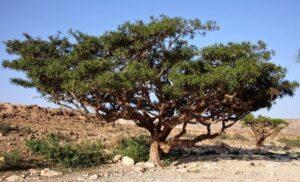
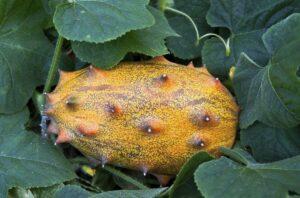
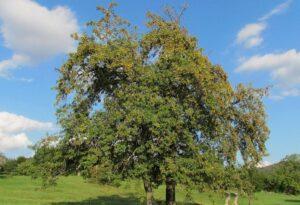
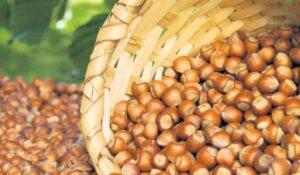
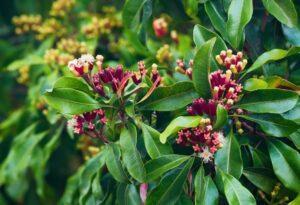
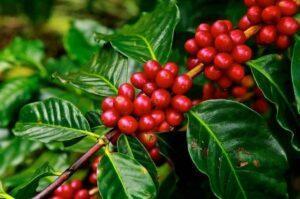
Start a new Thread